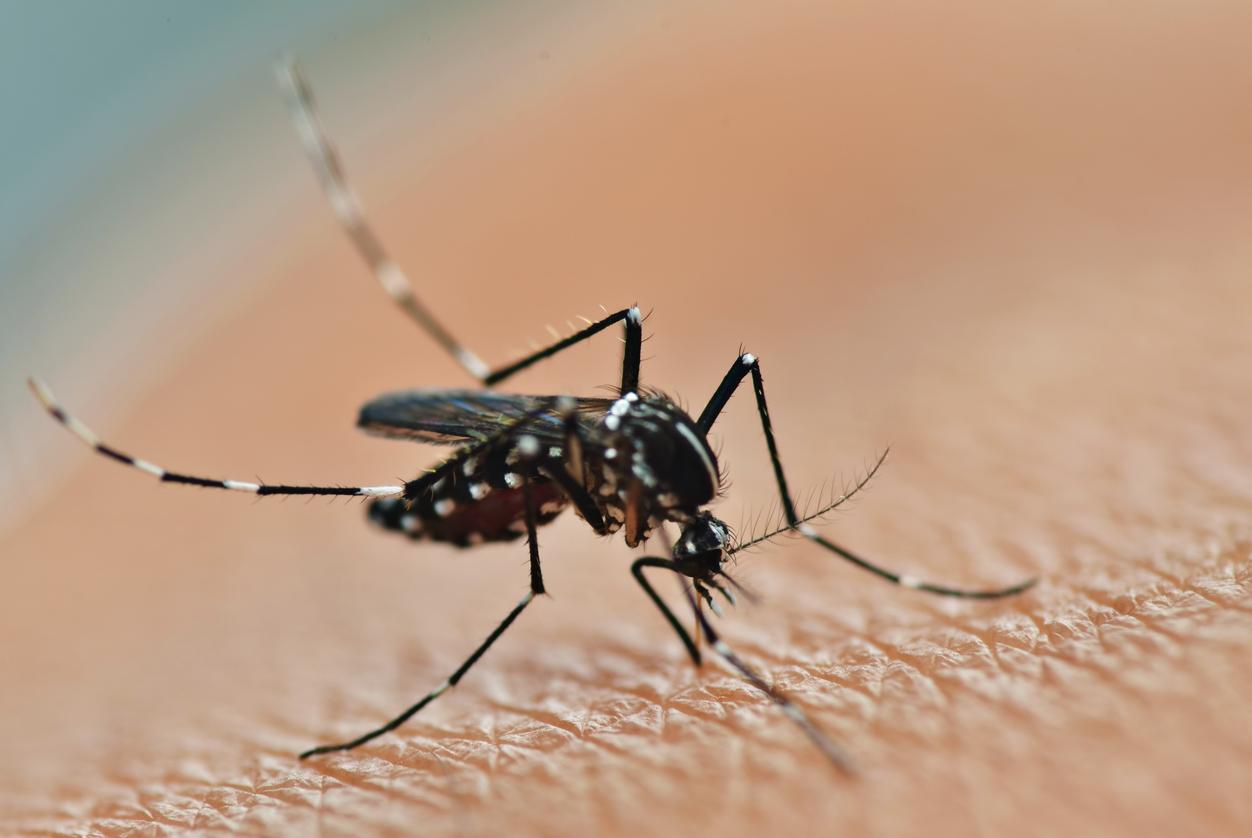According to a very serious study, the reindeer of Santa Claus are threatened. Not by disease but indeed by global warming.

The reindeer could in the next few years no longer have the strength to pull Santa’s heavy sleigh! According to a recent study by the British Ecological Society (BES), the poor deer of the Norwegian archipelago of Svalbard have lost an average of 12% of their weight in 16 years. They went from exactly 55 kg for those born in 1994, to barely 48 kg for those born in 2010. And the reindeer stunting would be directly linked to global warming.
Indeed, these scientists explain that in winter, reindeer dig under the snow to feed on lichen. But researchers say warmer winters mean more rain. And the latter, by freezing, prevents the reindeer from accessing the lichen. As a result, the reindeer are starved and lose their young or give birth to much leaner young.
Risks of disappearance on the horizon …
“12% may not seem like much, but given the importance of body weight for reproduction and survival, it’s potentially huge,” says Prof. Steve Albon of the James Hutton Institute of Scotland. “Our previous work has shown that when the average weight of the adult population is less than 50 kg in April, the population decreases,” he adds. However, recent generations “are just below this threshold”, worries the scientist.
Fortunately, this weakening of the reindeer has not yet led to a decrease in the population. Rather, the reverse has happened, since over the past twenty years, the number of reindeer has doubled.
Increasing competition for food in winter could also help explain the smaller size of caribou, as Canadians say.
… because of terrible famine episodes
The climate has already started to decimate some herds. In November 2013, following heavy rains, 61,000 reindeer were said to have perished on the Yamal peninsula in Western Siberia, or around 22% of their population. Conclusion, Santa Claus aficionados would do well to worry about global warming as well.
As a reminder, the Arctic has just experienced its 12 hottest months since the start of temperature records in this region in 1900, announced on December 13 the United States Oceanic and Atmospheric Agency (NOAA). The region around the North Pole experienced an exceptional heat wave. “The average annual temperature of the air above the ground was the highest on record,” says this annual Arctic report. He specifies that it was 3.5 ° C above that of 1900 during the period from October 2015 to September 2016.
.















